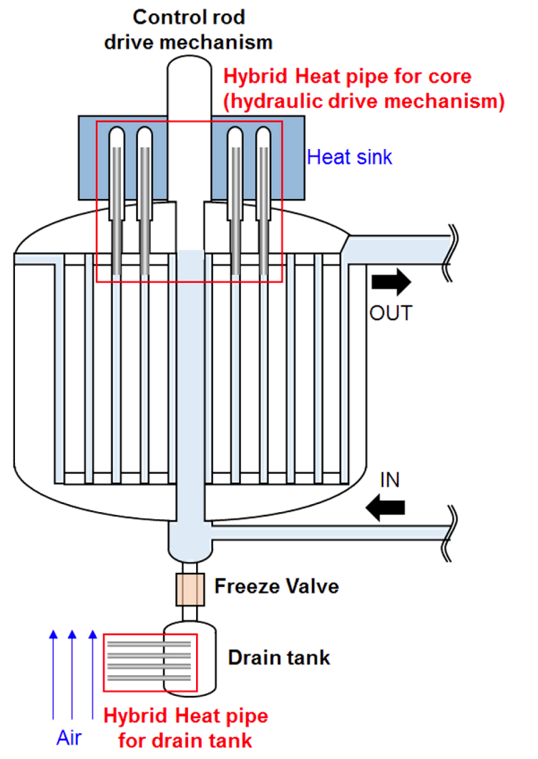The Thermal-Hydraulics thrust of the project consists of two areas:
Researchers
Faculty
Students
Turbulence Modeling
Motivation
Robust predictions for full MSR physics indirectly depends on accuracy of turbulence model in capturing those physics. Validation-worthy experimental data is not available.
Goal
Conduct validation of turbulence models with backdrop of pertinent flow physics in MSRs.
Approach
Generate DNS data sets for forced convection, internal heat generation, and buoyancy influenced conditions and perform validation of common RANS based models.

Highlights / Results
- Variations in RANS simulation results found to be almost exclusively due to uncertainty in material properties of salt (see figure below).
- Initial buoyancy-aided DNS (isothermal and non-isothermal) completed (see figure to the right).

Passive Thermal Management Solutions
Motivation
Increase the performance envelope of MSR systems through the utilization of a passive, robust, high performance heat transfer device.
Goal
Demonstrate benefits of heat pipe utilization in MSR systems for both normal and off-normal operation.
Approach
Identify key applications in a typical MSR environment where heat pipes find merit, and establish a toolkit to design and optimize those heat pipes.
Highlights / Results
- Feasibility study completed with target applications identified (see figure below).
- Steady state modeling for heat pipes nearing completion with range of valid operation modeled.

